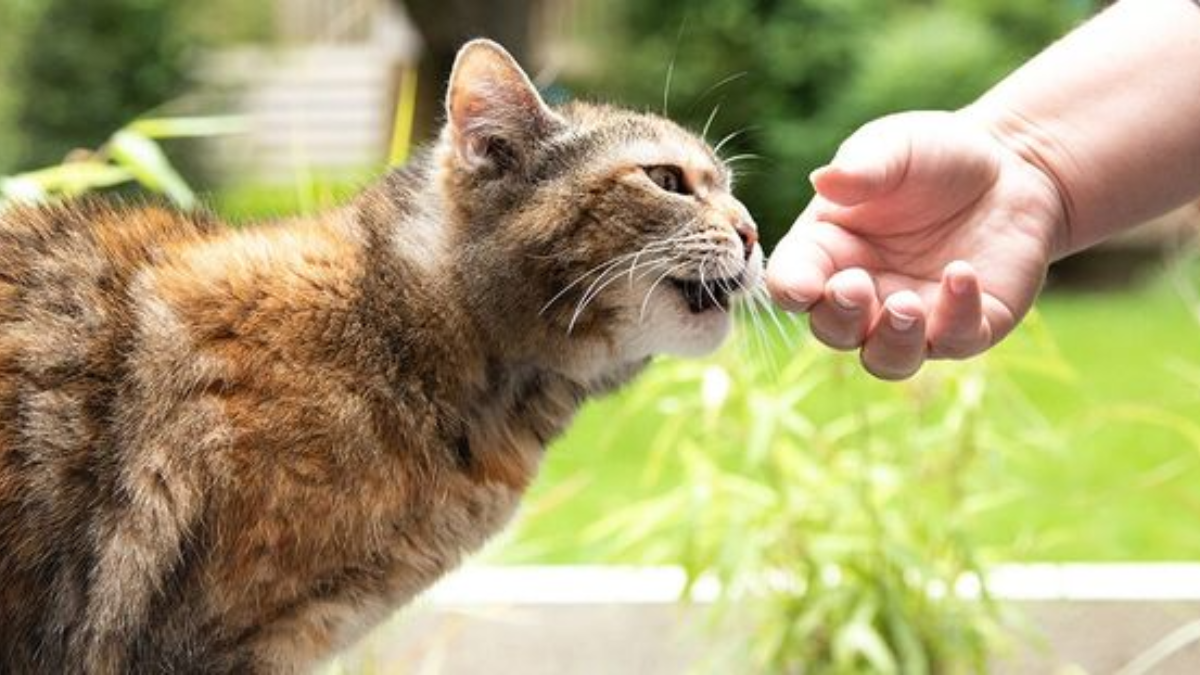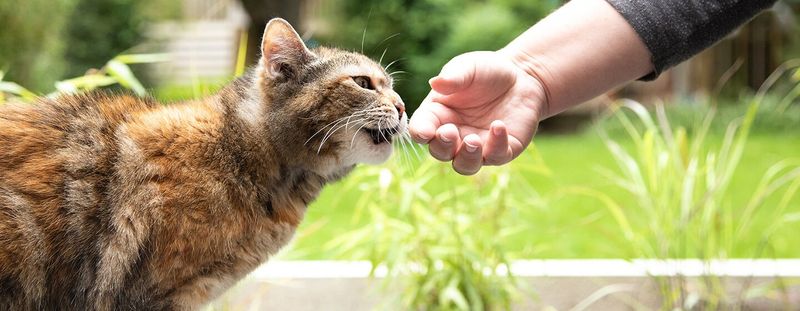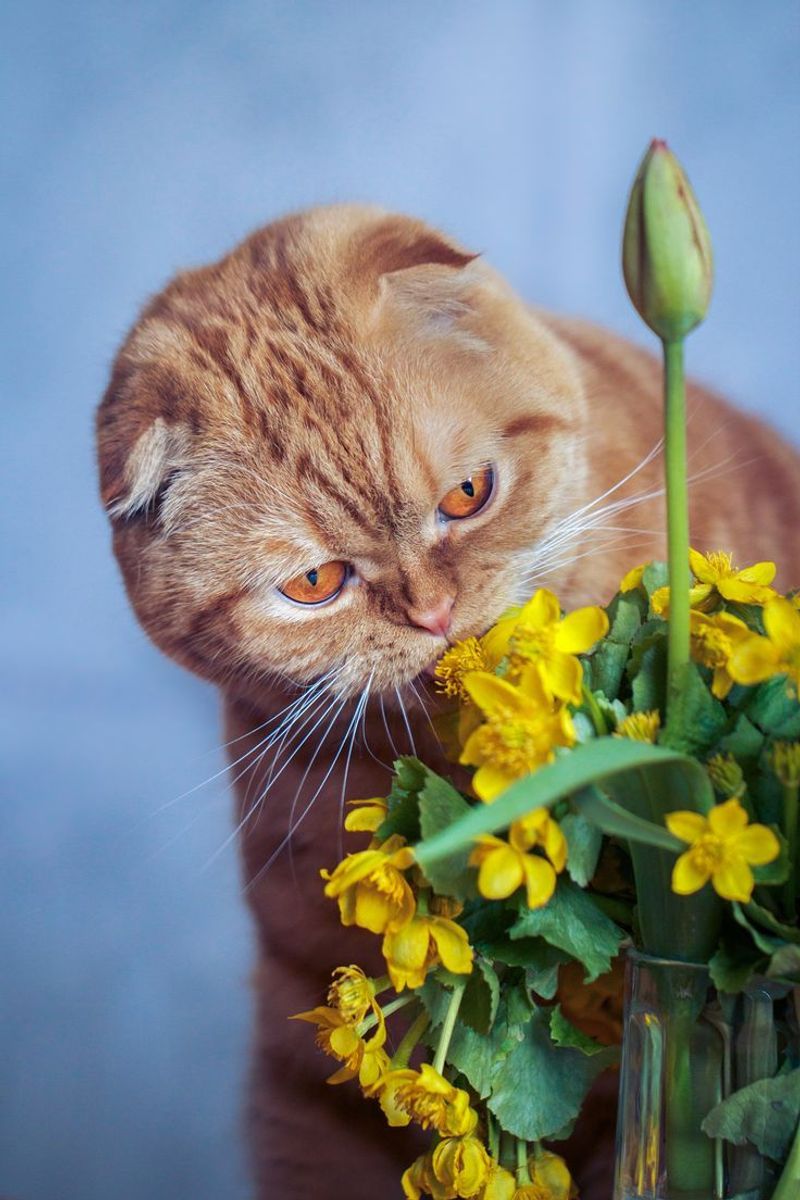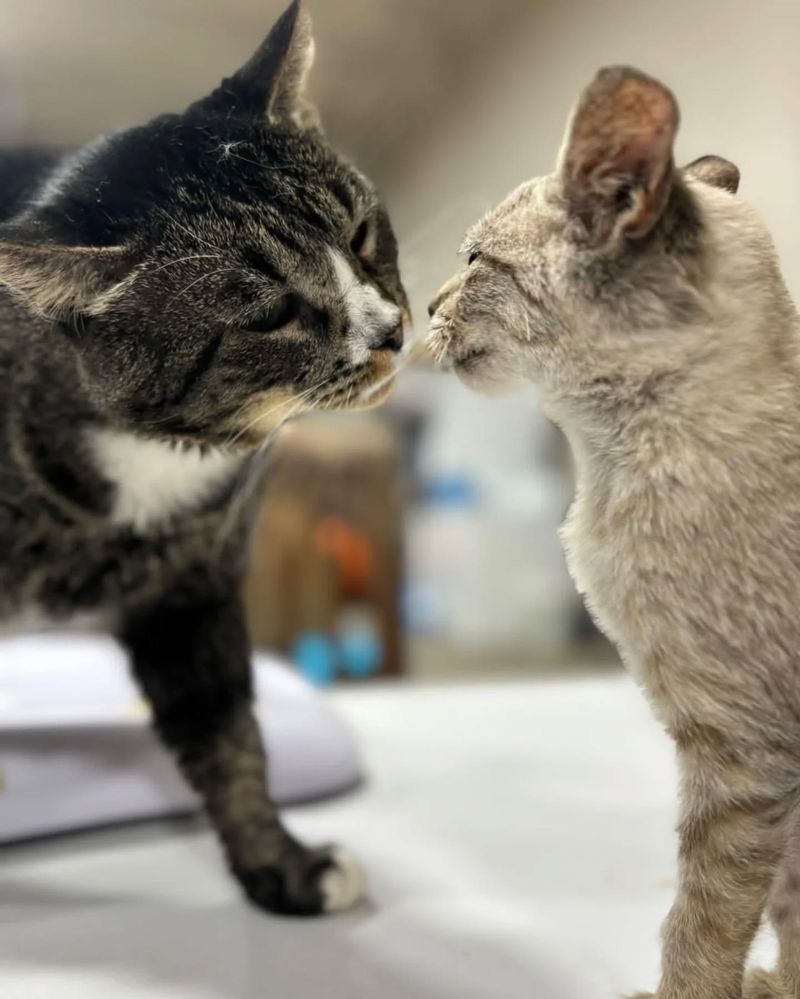📖 Table of Content:
When you think about how cats experience the world, you might picture their piercing eyes or their incredible agility. But there’s a secret superpower that often goes unnoticed—their extraordinary sense of smell.
For cats, their noses are more than just adorable features to boop; they’re sophisticated tools that unlock a hidden layer of reality. Imagine living in a world where every scent is a clue, a story, or a map—that’s the life of a cat.
A cat’s sense of smell is up to 14 times stronger than ours, giving them an almost supernatural ability to detect and decode the scents around them.
From recognizing territory to sensing danger, understanding their owners, or even detecting emotions, their noses are their guides through life. In this article, we’ll explore the fascinating ways cats use their sense of smell to navigate their world.
1. Identifying Territory
Cats use their sense of smell to establish and recognize their territory. When a cat rubs its face against furniture or a garden post, it’s marking its domain with scent glands located around its face.
This territorial marking acts as a fragrant boundary marker, signaling to other cats that this is already claimed space.
The scent left behind contains pheromones, chemical substances that convey specific messages to other cats. These pheromones inform other cats about the identity, sex, and even mood of the marking cat. For cats, entering a space filled with their scent is comforting and reassuring.
Scent marking is not only a way to claim territory but also helps reduce stress. Cats recognize their signature scent, which provides a sense of security and familiarity. It’s like leaving a personal ID card wherever they go, ensuring they can navigate back home.
2. Finding Food
Cats rely heavily on their sense of smell to locate food sources. Before even seeing or tasting the food, a cat can detect its aroma from a considerable distance. This olfactory skill is particularly vital in the wild, where cats must hunt to survive.
Domestic cats often sniff the air as soon as they enter the kitchen, drawn by the tantalizing scents of cooking or the aroma of their favorite canned food. Their noses lead them to hidden treats or even the presence of other animals.
Smell is crucial for discerning whether food is safe to eat. Cats are notoriously picky eaters, often rejecting food based on its smell if it seems off or unfamiliar. This reliance on scent ensures they consume fresh and palatable meals, maintaining their health.
3. Recognizing Humans
Cats recognize their human companions primarily by smell. Each person has a unique scent profile, which cats memorize and associate with their experiences. This olfactory recognition helps cats differentiate between family members and strangers.
When a cat rubs against your legs or hops onto your lap, it’s not only seeking affection but also mixing its scent with yours. This mingling of scents reinforces the bond and establishes a shared olfactory identity.
The scent of a familiar human is comforting to a cat, often leading to calmer behavior and affectionate interactions. This unique ability underscores the depth of the human-cat relationship, where smell plays a central role in communication and bonding.
4. Detecting Predators
Cats’ acute sense of smell allows them to detect predators even before they come into sight. By picking up subtle scent cues, cats can determine the presence and proximity of potential threats in their environment.
This heightened awareness is essential for survival, enabling cats to react swiftly to danger. Whether it’s a larger animal or an unfamiliar scent, cats use these olfactory signals to assess risk.
The ability to smell predators provides cats with a strategic advantage, allowing them to avoid confrontations and seek safety. This innate skill is a testament to their evolutionary success, where sharp senses have been honed to adapt to various challenges.
5. Mating and Communication
Smell plays a pivotal role in mating and communication among cats. Pheromones are the primary method through which cats convey readiness to mate and other social signals.
During mating season, females release specific pheromones to signal their availability to males. These chemical messages can travel over long distances, attracting potential mates. Males, in turn, release their scent to indicate their presence and interest.
Beyond mating, scent communication helps cats maintain social structures and hierarchies. Through scent marking and grooming, cats establish their status and relationships within a group. This form of communication is subtle yet effective, underlining the importance of smell in their social interactions.
6. Exploring New Environments
When entering a new environment, cats rely on their sense of smell to gather information and assess the surroundings. Sniffing every corner and object, they build a mental map of the space, identifying scents associated with safety or potential threats.
This olfactory exploration is crucial for acclimatization, helping cats feel more secure in unfamiliar settings. By identifying familiar scents or marking new ones, cats create a sense of ownership and comfort.
The process of scent exploration is not just about security but also curiosity. Cats are naturally inquisitive, and their sense of smell fuels their desire to investigate and understand new places. This behavior ensures they adapt smoothly and confidently to changes in their environment.






